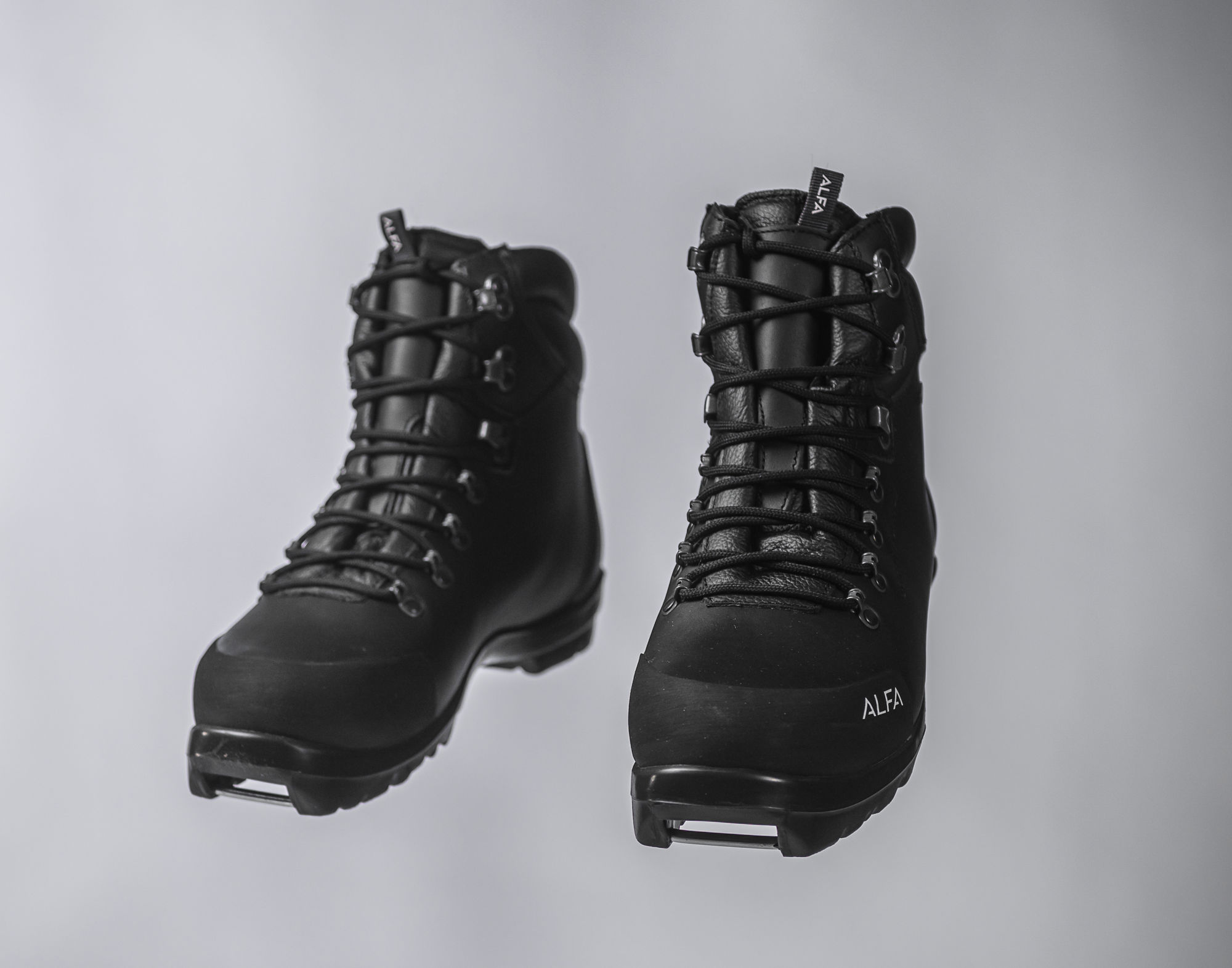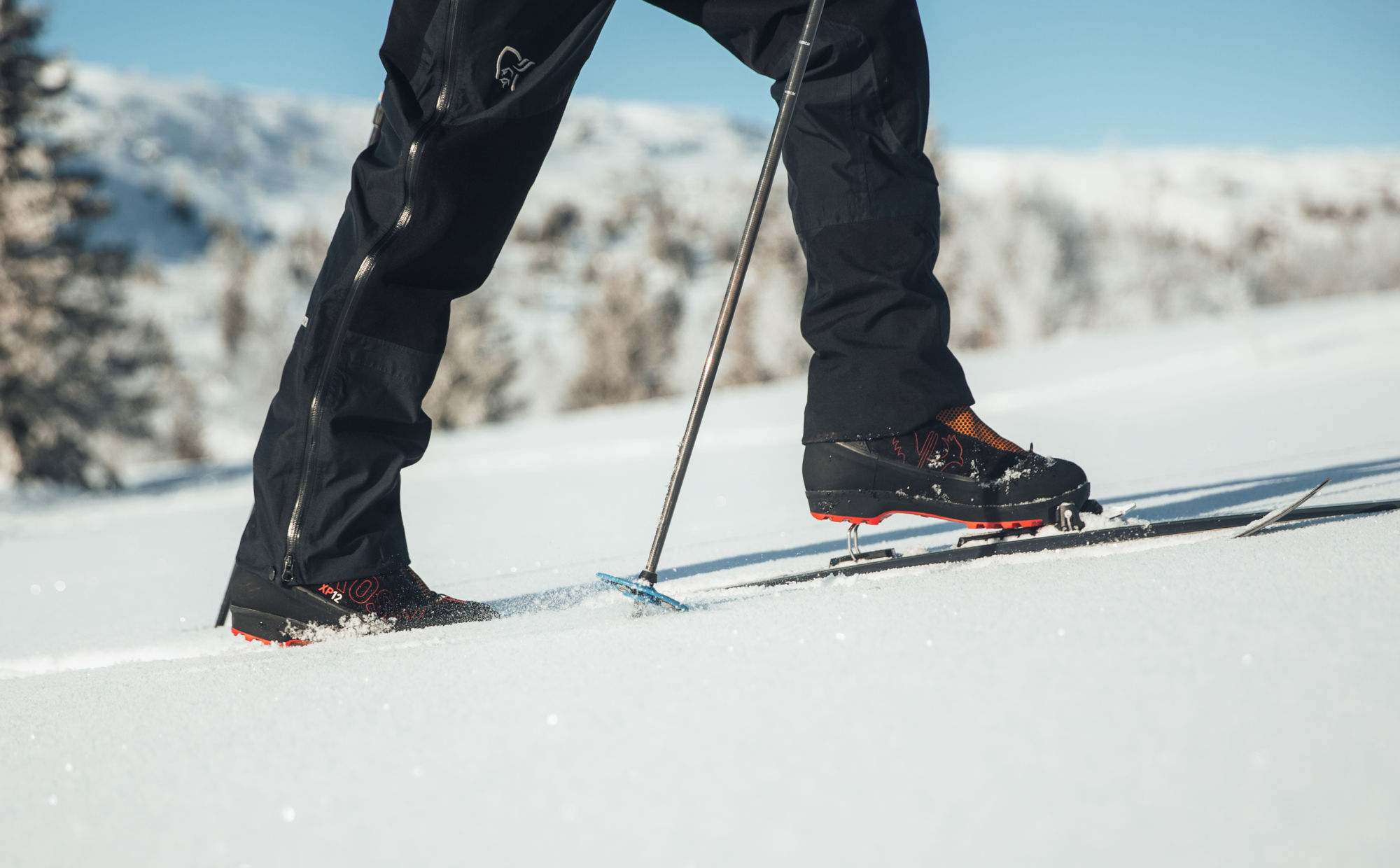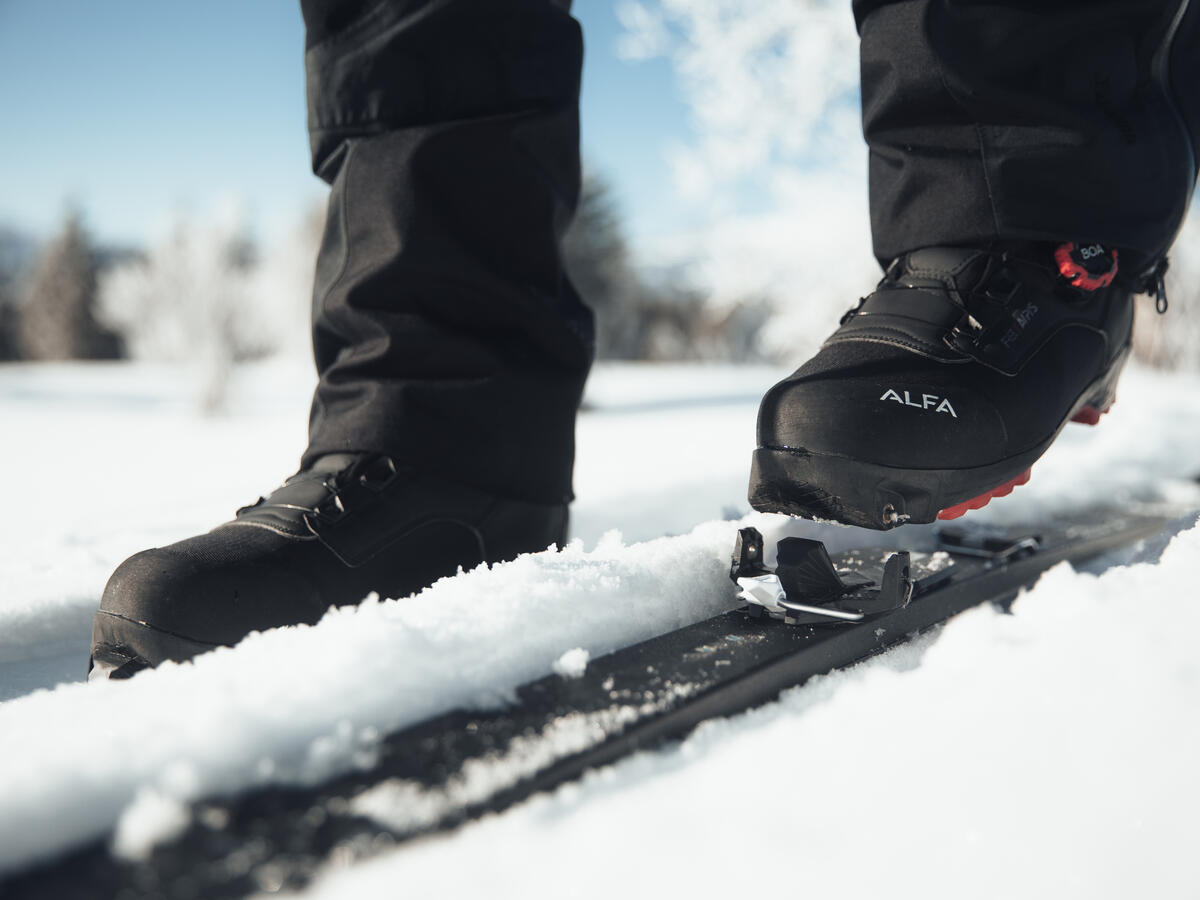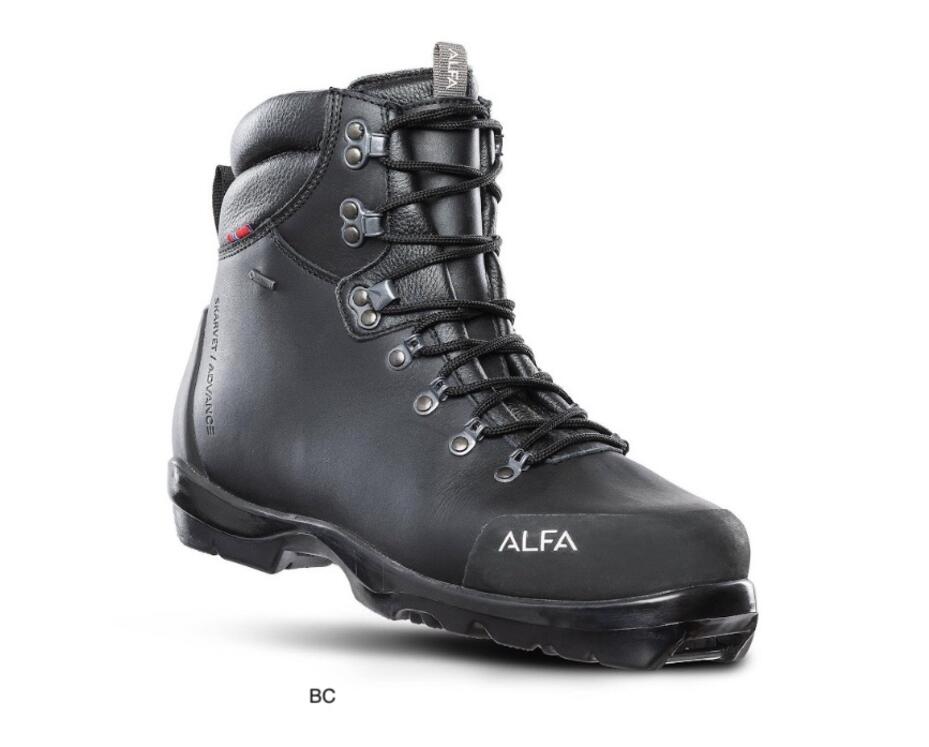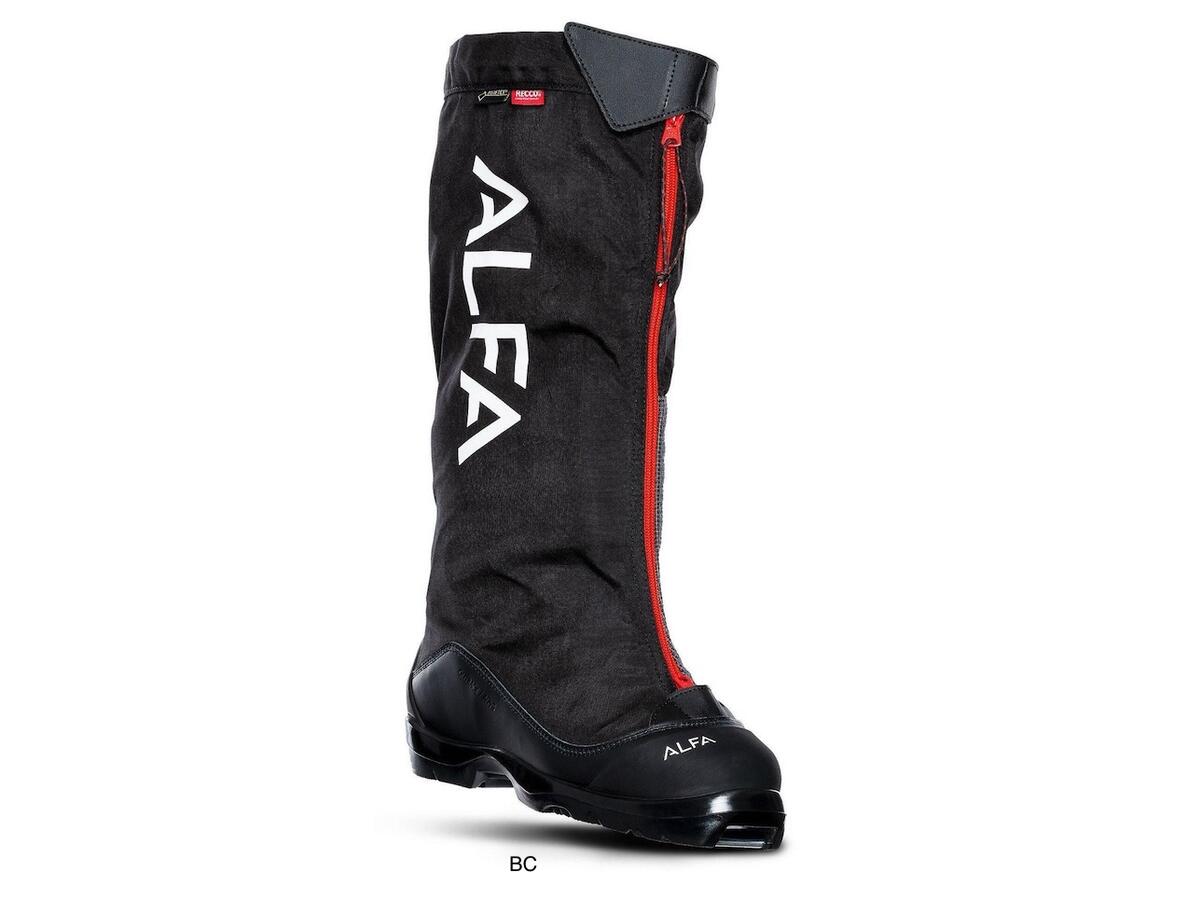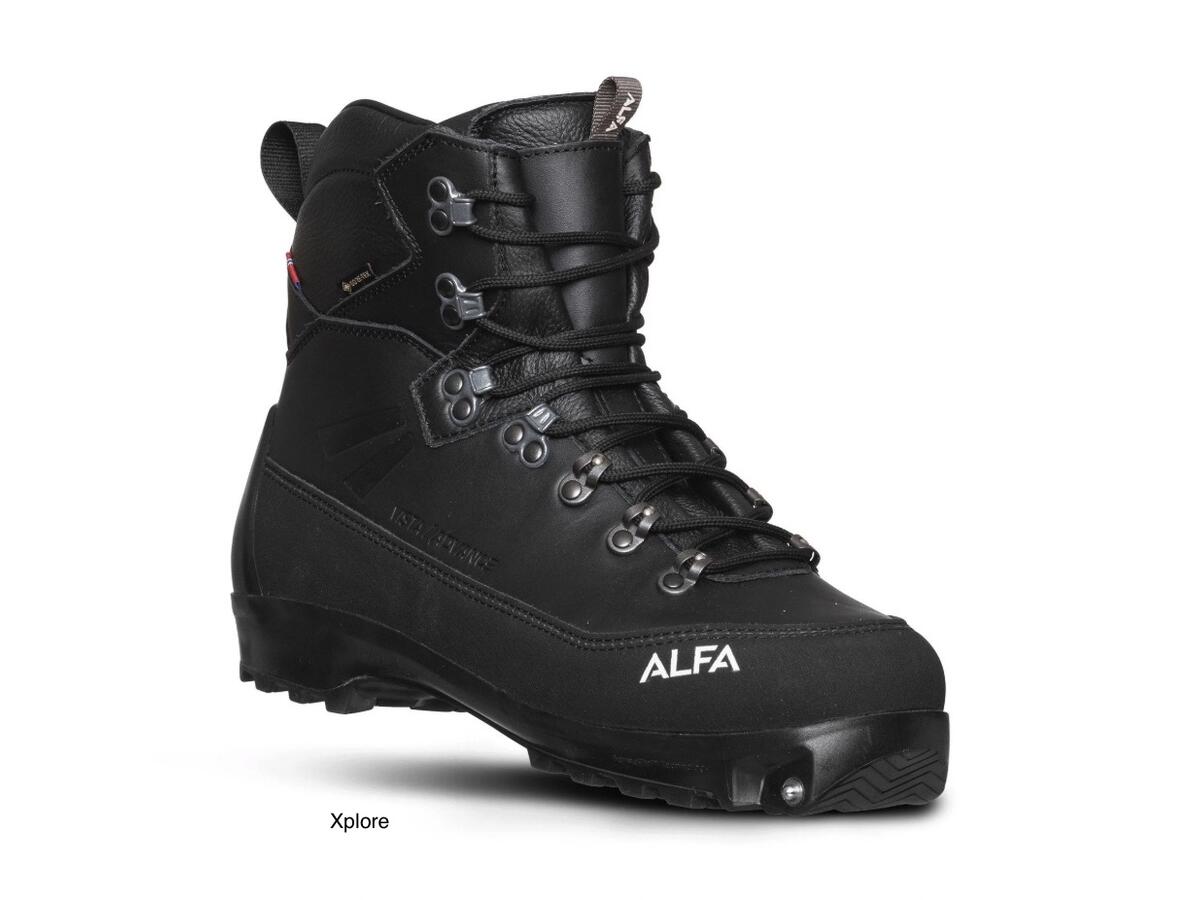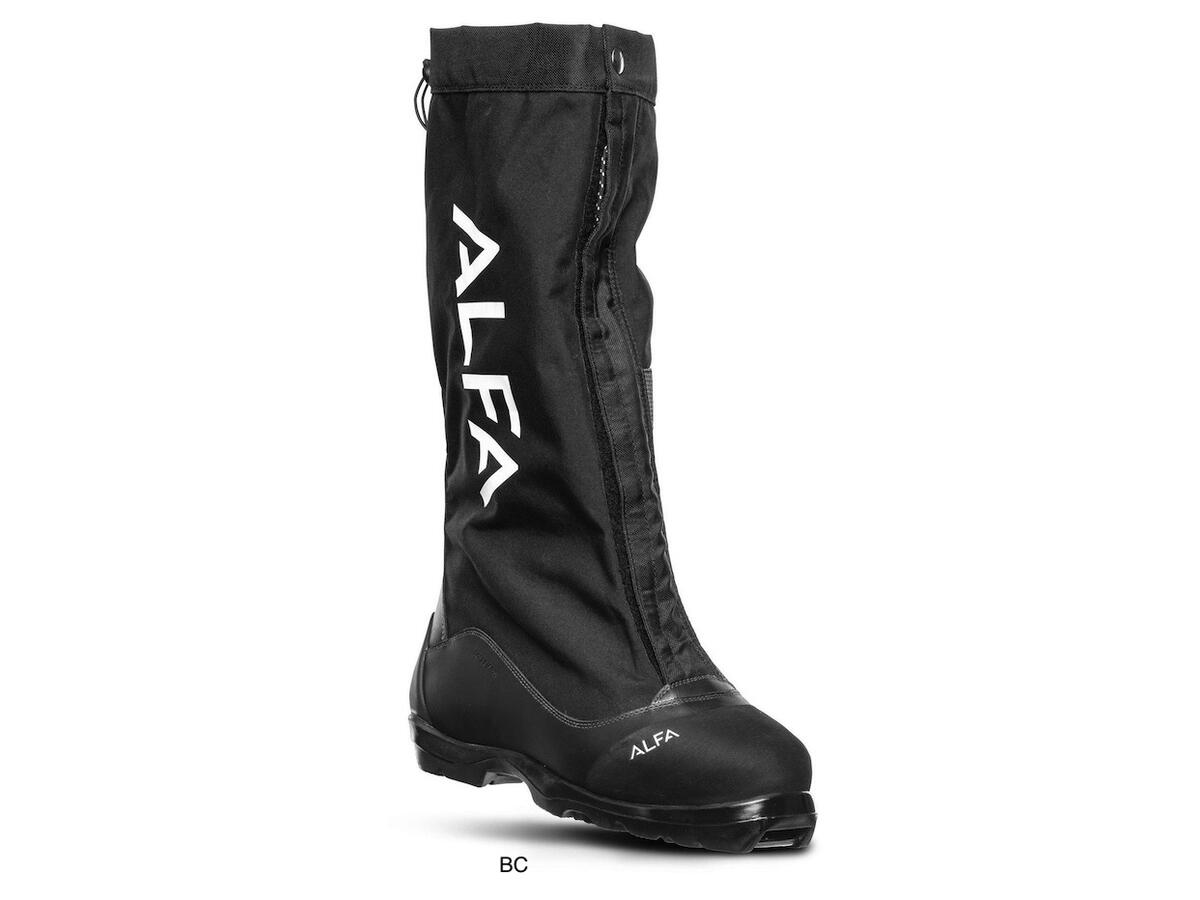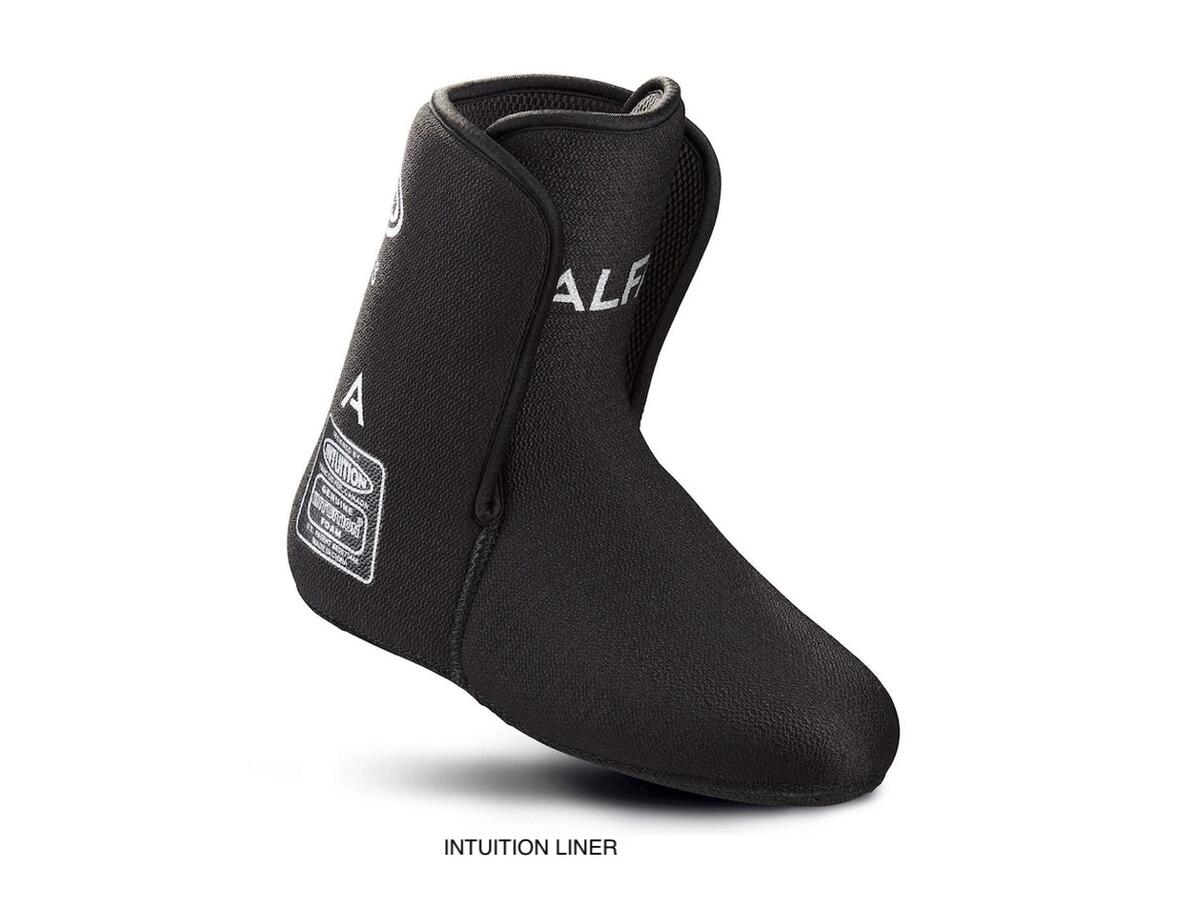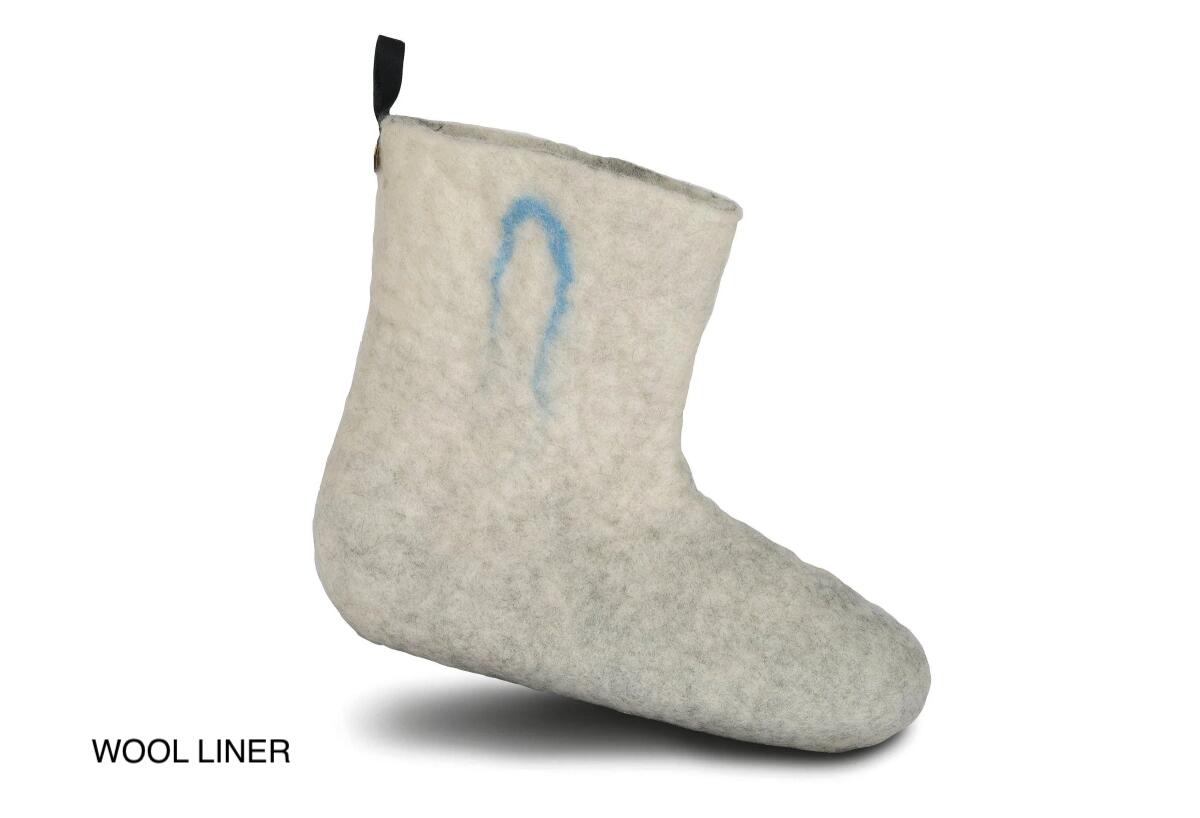Nordic skiing expeditions require reliable and durable equipment, and choosing the right ski boots is essential for a comfortable and safe experience. The right boots provide support, warmth, and protection for your feet while offering the flexibility needed for varied terrain. In this article, we’ll help you understand what to look for when selecting ski boots for your next adventure.
Size and Performance: First of all, these ski boots must be warm and durable. Make sure to buy them in a larger size than your regular shoes/boots - preferably you should be able to fit two pairs of wool socks comfortably. Durability is key - the longer, colder, and tougher the tour, the more important it is to choose a durable boot. Lastly, they should be sturdy enough to provide stability in both easy and demanding terrain and snow conditions.
System/Binding Type: Make sure to choose boots that match your bindings, and vice versa. There are different systems, and they are not interchangeable. The most commonly used system is the BC system. Alternatively, you can opt for the traditional 75 mm/3-pin system. Additionally, several brands are now producing boots compatible with the latest system on the market: Xplore. Read more about bindings.
Gore-Tex or not: In cold weather, Gore-Tex is not essential. However, weather can change quickly, and wet conditions can arise even in the mountains, so having Gore-Tex is beneficial. For shorter tours, lasting a few days, especially those with indoor accommodations and drying facilities (not in a tent), Gore-Tex is not as important.
Some skiers prefer using vapor barrier socks in their ski boots. Read more about vapor barrier socks.
Type 3 - Boots with Integrated Gaiters and Removable Liner: A Combination of Leather and Synthetics:
Our longer ski expeditions, such as Greenland and crossing Svalbard lengthwise, require a specific type of boot. These boots should have integrated gaiters, as well as a removable liner inside. In addition, all participants and the guide must have the same binding system: Rottefella Backcountry Manual/Magnum (BC). The most commonly used boot is the Alfa Polar A/P/S - Expedition boot. Often, these types of boots do not have Gore-Tex, as this helps ensure optimal breathability in the coldest environments.
The Polar is specifically designed to be worn with a liner inside. Common liners include the Wool and the Intuition Insulated (synthetic). The Intuition liner can be heat-molded, making it light, warm, and durable. Additionally, it is waterproof, and its higher shaft provides more stability compared to the Wool liner. The Wool easily molds when in use, it is soft and warm, and less affordable, but less durable and therefore has a shorter lifespan. Make sure to choose a boot size large enough to comfortably fit your chosen liner - typically two sizes up for Intuition liners and one size up for wool liners.
